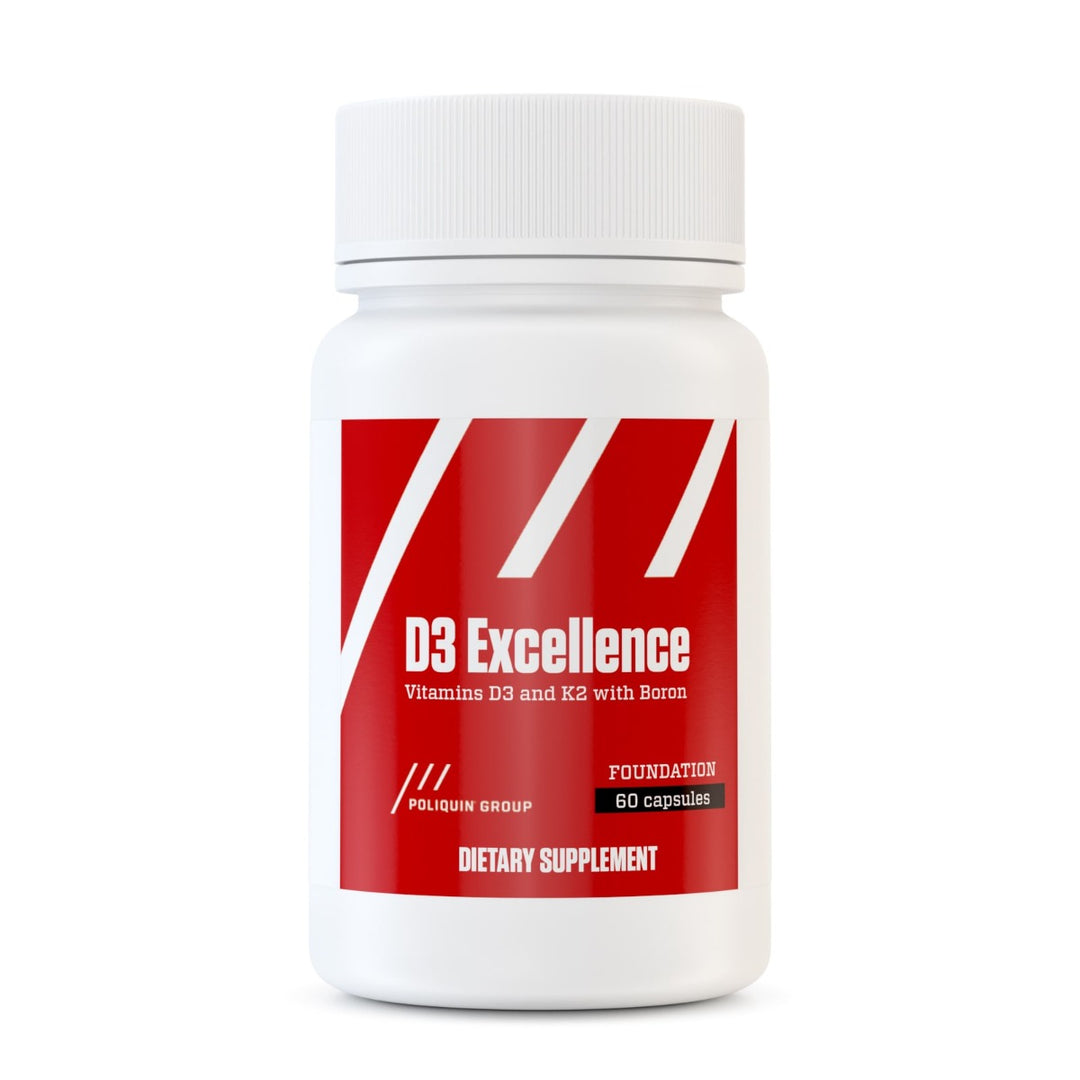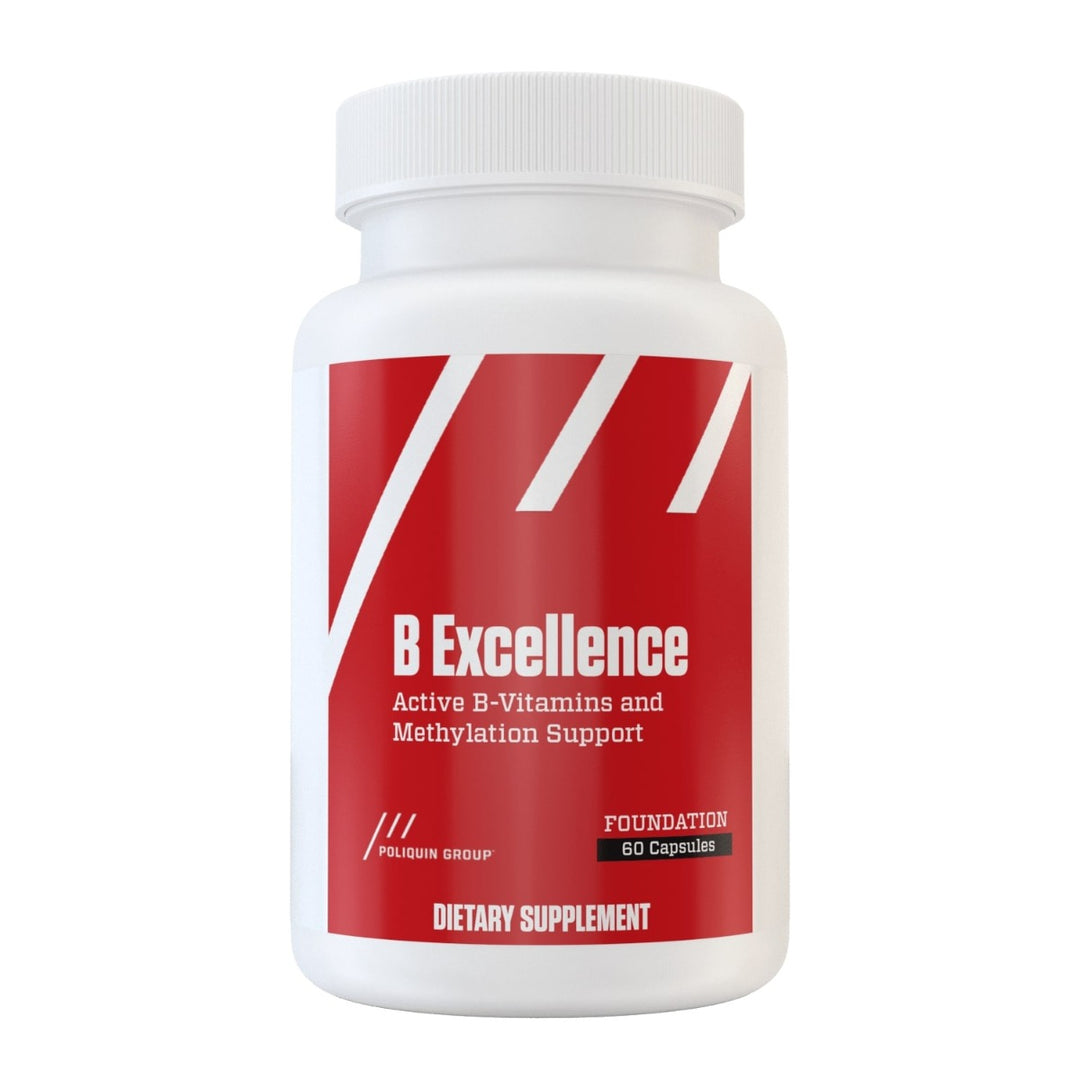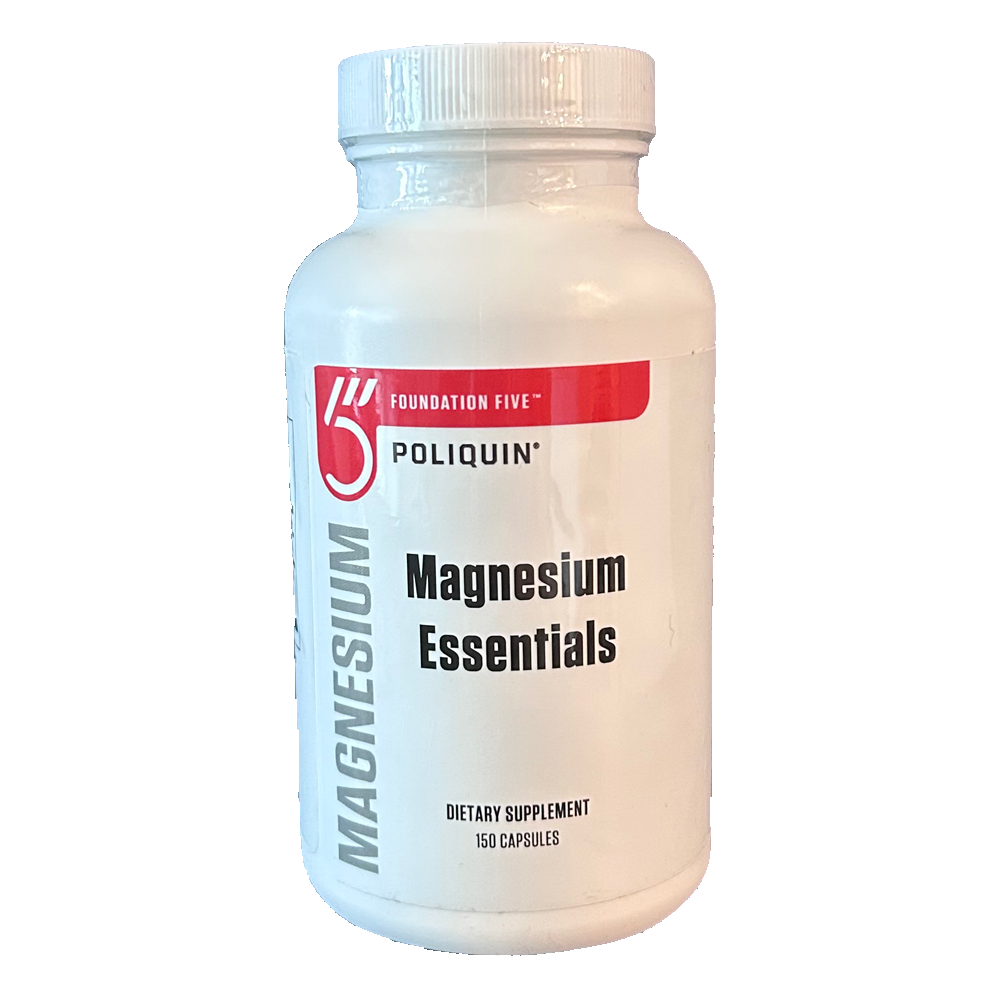High Intensity Strength Training Yields Greater Results
Even In Beginners Strength & Fat Loss Results Were Greater
When we talk about high-intensity training, we usually refer to cardio exercise—track sprints, bike intervals, or strongman workouts. Research consistently shows that high-intensity intervals are a time-efficient method for getting greater results in less time. More fat loss, increased muscle mass, better brain function, a stronger heart and lungs, and greater mental toughness are all positive outcomes of high-intensity cardio.
New research shows that high-intensity strength training is also a big bang for your buck choice that yields major results in less time. Notably, heavy-load strength training can be used by novice trainees as well as experienced lifters.
Comparing Moderate- and High-Intensity Strength Training
Sports scientists from Western State Colorado University were inspired to test the effect of high-intensity strength training on untrained men and women in an effort to see if lifting heavier could solve one of the most common pain points for new trainees: Lack of time.
They also wanted to compare the muscular and cardiometabolic outcomes of heavy and moderate loads during 6-weeks of strength training, and identify the timing of training adaptations.
The study used men and women aged 21 to 59 and divided them into a control group and two strength training group:
The high-intensity (HIT) group did one set of 5 reps at 88 percent of the 1RM for the duration of the program.
The moderate-intensity (MIT) group did 1 set of 10 reps at 60 percent of the 1RM for the first 3 weeks of the program and then progressed to 2 sets of 12 reps at 70 percent of the 1RM for the final 3 weeks of the program.
The exercises trained were back extension, biceps curl, chest press, lat pull-down, leg curl, leg extension, leg press, seated row, shoulder press, and triceps extension.
Workouts in the Heavy group were completed in 20 minutes or less, whereas the moderate load workouts took about 45 minutes.

HIT Strength Training Yields Faster & Greater Results Than MIT
Results found that the HIT program was just as effective and in some cases more effective than the traditional training program for improving cardiometabolic health and muscular fitness.
The HIT group lost 5 percent body fat and reduced body weight by 0.6 kg. They also lost 3 cm from waist circumference and significantly reduce systolic blood pressure and LDL cholesterol—two important risk factors for heart disease. The MIT group also lost body fat, reducing body fat by 3.4 percent and losing 0.1 kg of body weight. They decreased waist circumference by 2 cm but had no changes in heart disease risk factors.
Most notable, the heavy-load training improved muscular fitness faster than the traditional training program. Participants in the HIT group improved strength in all 10 exercises at the 3-week mark, whereas for some of the exercises in the MIT program, there were no increases in strength until the 6 week mark when the study ended. Naturally, rapid results are motivating and may keep you coming into the gym instead of being inclined to drop out in the early phases of a program out of frustration if results are slow.
Take Aways:
This study shows the tremendous body composition, health, and muscular benefits that trainees can get from short workouts totaling only 60 minutes a week. “Lack of time” is one of the most common reasons for not exercising but heavy load training is a great option for individuals who have trouble fitting workouts into their schedule.
It’s worthwhile noting that muscular fitness is an independent and powerful predictor of chronic disease and premature mortality, so the benefits of this type of workout extend far beyond strength or aesthetics.
Using a well-designed protocol based on client testing, it’s possible to provide individualized programming based on the strength and ability of the trainee. Many novices and coaches of untrained individuals shy away from using heavy load training due to the risk of injury. As long as form is taught and strength is assessed, it’s possible to use high-intensity training to develop baseline strength and muscular fitness in untrained individuals.
Overtraining
Safety should always be a top priority in training but especially when using a high-intensity model with heavy loads. Remember to focus on proper lifting technique and breathing patterns, not only when first learning the movement but also when performing them during training sessions.
This study provides a brief snapshot of the effects of 6-week training program. Of course, best results come when you train over the long-term, using the scientific theory of progressive overload that says you must train in a way that your body is not accustomed to. You could put this in practice by alternating between HIT and MIT training phases that are uniquely designed to target your training goals.
For example, in our PICP and Personal Training certification courses, we teach how to design programs in an undulating fashion that vary between Accumulation, which is aimed at hypertrophy for higher volume and lower relative loads, and Intensification, which is aimed at Relative Strength or Functional Hypertrophy with lower volume and higher loads. The duration of each Accumulation and Intensification phase will depend on your training background, but is typically 4 to 6 weeks for individuals in the general population. Athletes and advanced trainees may benefit from shorter phases lasting 2 to 3 weeks to avoid stagnation and ensure continued progress.











